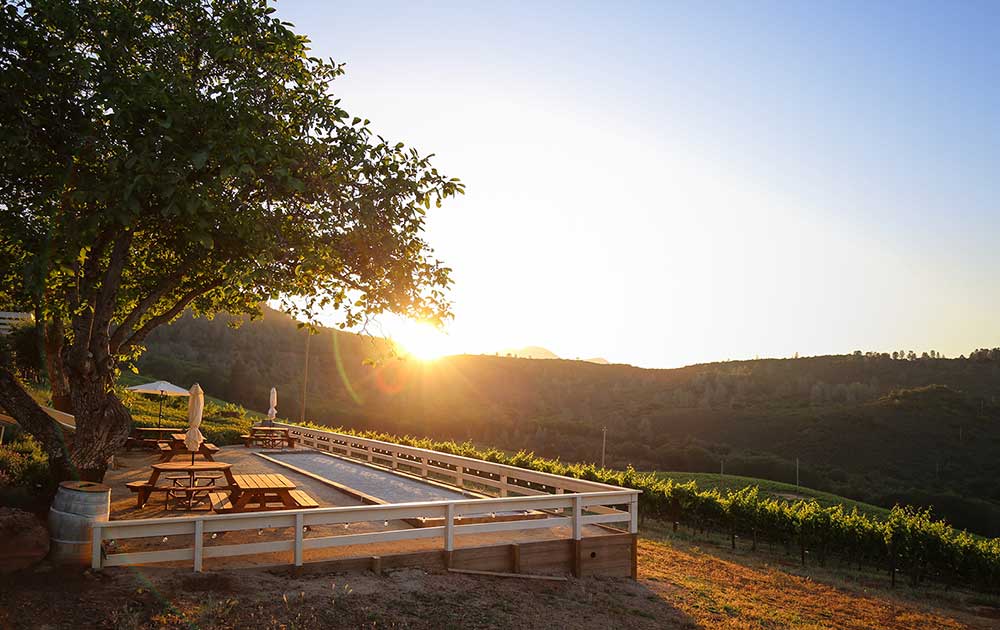
Clear Lake Water Trails
January 11, 2022
With nearly a hundred miles of shoreline, Clear Lake is ideal for paddlers and wildlife enthusiasts to explore the sloughs or take on a rigorous workout in the open water. A series of water trails were thus developed to help orient new paddlers and visitors to the lake, as well as provide interesting natural and historical information of these areas.
Click here for a map of public access points on Clear Lake.
Water trails are recreational waterways on a lake, river or ocean between specific locations, containing access points and day-use and/or camping sites for the boating public. Water trails emphasize low-impact use and promote stewardship of the resources, while providing healthy, outdoor activity.
Paddling Safety Guidelines
Before starting a journey, boaters should become knowledgeable about local conditions such as currents, rapids, flow levels, weather, and hazards.
- New or unfamiliar equipment should first be tested.
- Leave word with a responsible person concerning your destination and when you will return.
- Always make sure your craft is in good repair.
- Have all gear either securely fastened within the craft or in waterproof containers that will float high and be easily retrievable.
- Learn how to swim, how to apply first aid and CPR.
- Paddlers are harder to see from other vessels. Keep paddling groups together.
- Avoid long lines.
- Watch for and avoid hazards such as fallen trees, brush, fences, bridge abutments, or old pilings.
- Do not boat under the influence of alcohol or drugs.
- All canoes and kayaks as well as inflatable rafts must carry a U.S. Coast Guard-approved personal flotation device (life jacket) for each person aboard.Additional recommended equipment includes protective foot gear, such as tennis shoes, bailing device, boating maps, flashlight, compass, first-aid kit, boat-repair materials, knife, and a 50-100 foot throw rope.
Leave No Trace:
- Plan Ahead and Prepare.
- Know the regulations and special concerns for the area you’ll visit.
- Prepare for extreme weather, hazards, emergencies.
- Respect Wildlife. Observe wildlife from a distance.
- Avoid disturbing wildlife during sensitive times: mating, nesting, raising young.
- Leave What You Find . Preserve the past: examine, but do not touch, cultural or historic structures and artifacts. Leave rocks, plants and other natural objects as you find them.
- Avoid introducing or transporting non-native species.
Respect the Privacy of Landowners
- Always ask permission before entering private land. Unless posted, assume the land is private property.
- Remember sound carries across water more clearly than on land. Avoid loud noises or boisterous behavior.
